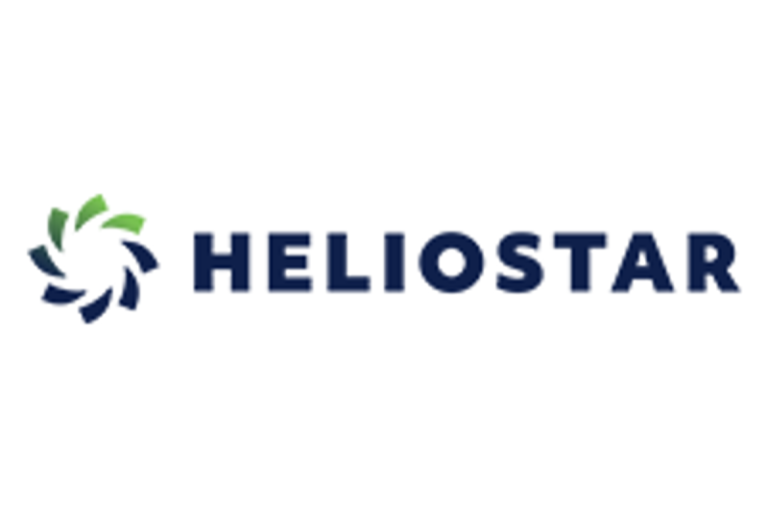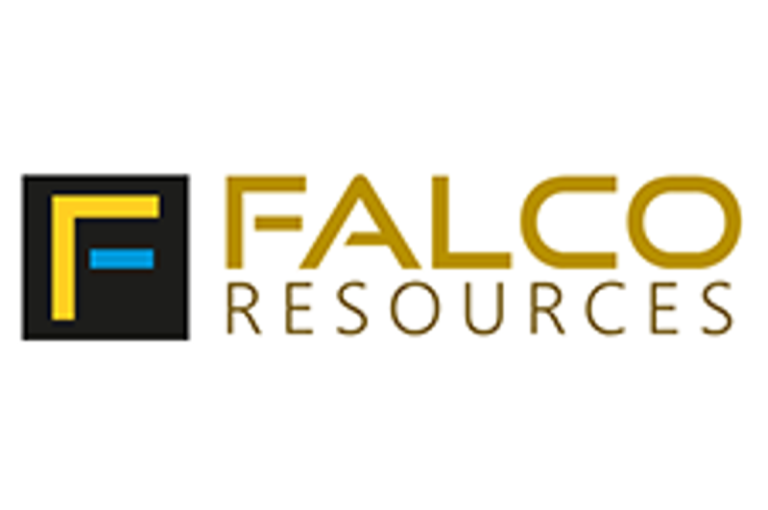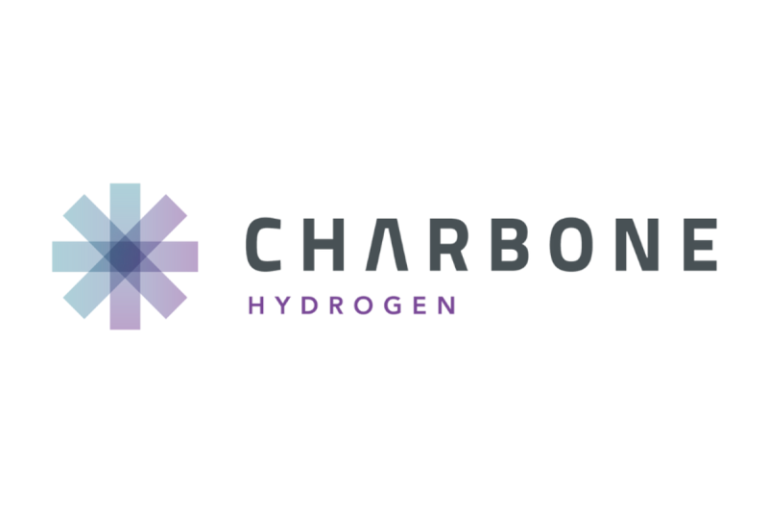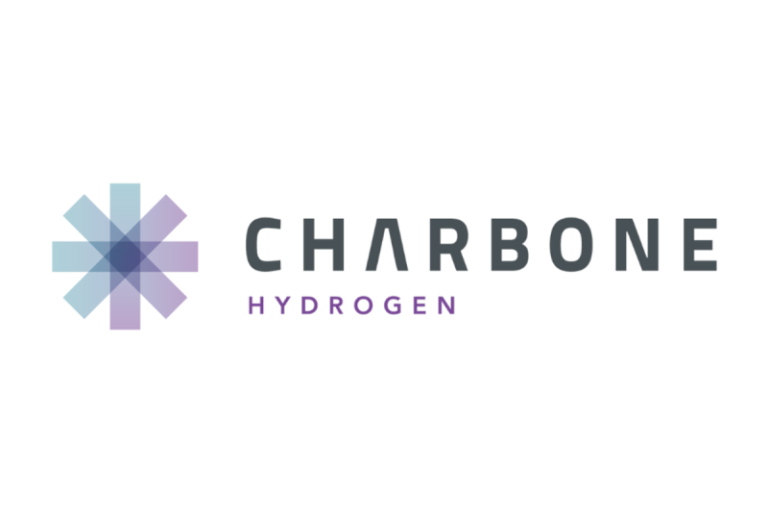The First Amendment won out this week in a court case over a man who repeatedly called for President Donald Trump’s assassination and openly fantasized about his violent demise.
A jury acquitted the man, Peter Stinson, of one charge of soliciting a crime of violence, raising questions about when speech is protected by the Constitution and when it becomes incriminating.
A former longtime Coast Guard officer, Stinson called for someone to ‘take the shot’ in reference to Trump, according to court papers. ‘Realistically the only solution is violence,’ Stinson wrote.
Stinson said he ‘would twist the knife after sliding it into [Trump’s] fatty flesh’ and that he ‘would be willing to pitch in’ for a hitman contract.
‘He wants us dead. I can say the same thing about him,’ Stinson wrote in another post during the height of the COVID-19 pandemic.
A witness for the defense, Professor Jen Golbeck of the University of Maryland, said people ‘rooting for Trump to die online’ is common.
‘On one hand, I would not encourage anyone to post those thoughts on social media,’ Golbeck said, according to the Washington Post. ‘On the other hand, I can’t count the number of people who I saw post similar things. … It’s a very common sentiment. There’s social media accounts dedicated to tracking whether Trump has died.’
Brennen VanderVeen, program counsel with the Foundation for Individual Rights and Expression, said that one issue with the charges in Stinson’s case was that it was not clear whom Stinson was soliciting to carry out the crime.
‘Solicitation is when it’s directly tied to the crime. So, if he contacts an actual hit man and tries to arrange some sort of hit contract, that’s solicitation,’ VanderVeen told Fox News Digital. ‘Without more … that probably does not meet the elements of actual solicitation.’
Stinson’s attorneys argued in court documents that their client’s posts were not threats but rather ‘political advocacy that the First Amendment was squarely designed to protect.’
‘They lack the ‘specificity, imminence, and likelihood of producing lawless action’ required to fall outside constitutional protection,’ the attorneys said.
Threats to conservative SCOTUS justices and Obama
The jury acquittal, which was handed down quickly after a two-day trial, came at a time when political violence has taken the spotlight, particularly in the aftermath of conservative activist Charlie Kirk’s assassination, a string of recent violence toward immigration enforcement officers and Republican and Democratic political figures continuously facing threats.
A person convicted of attempting to assassinate Justice Brett Kavanaugh had taken concrete steps by searching the internet for mass shootings, discussing killing a Supreme Court justice in internet chats and showing up armed at Kavanaugh’s house in 2022.
A man who participated in the Jan. 6 riot was convicted by a judge in a separate case of firearms charges and making a hoax threat aimed at former President Barack Obama. He was sentenced this week to time served after he livestreamed himself driving around the former president’s neighborhood and saying he was ‘working on a detonator.’ He was found with a machete and illegal weapons.
In a looming constitutional test, another man is facing charges of threatening federal judges by sending hundreds of ominous messages through the Supreme Court website referencing several justices’ graphic murders. He tried to have his case tossed out over First Amendment concerns, but a judge denied the request, saying a jury would need to weigh that argument.
Presidents, senators, House members and other political figures routinely speak about facing a range of threats, whether in public forums or through direct messages.
High court greenlights ‘vituperative’ language
One legal test in these cases came in 1969, when the Supreme Court decided in favor of a protester who allegedly told a group of people while discussing getting drafted for the Vietnam War that if he is given a rifle, the first man he wants to kill is President Lyndon Johnson. His remark was political hyperbole rather than a ‘true threat,’ the high court found.
‘What is a threat must be distinguished from what is constitutionally protected speech,’ the majority wrote. ‘The language of the political arena … is often vituperative, abusive, and inexact.’
Stinson was initially charged with two counts of a threat against the president, but the DOJ shifted course and brought the one solicitation charge against him.
Department of Justice lawyers argued that Stinson’s incessant violent comments on X and Bluesky, coupled with self-identifying as an Antifa member, met the charging criteria, but prosecutors failed to convince a jury that the speech was more than bluster.
Kirk spurs examination of ‘hate speech’
In the case of Kirk’s murder, finger-pointing ensued. Republicans blamed inflammatory rhetoric from Kirk’s political opponents for inciting his death.
Attorney General Pam Bondi stirred the conversation by saying in an interview after Kirk’s death that the DOJ would ‘absolutely target you, go after you, if you are targeting anyone with hate speech.’ Bondi later walked back her comment, saying speech that ‘crosses the line into threats of violence’ is punishable by law.
In cases of inciting violence, according to VanderVeen, speech remains protected because of a lacking nexus between the words and the attack.
‘Incitement is more about the imminence. … How much time would have to pass between that person’s speech and the actual unlawful act of the violence?’ VanderVeen said, noting that inciting violence typically involves addressing a mob.
‘If someone’s saying, ‘Violence is good,’ but there’s no imminent lawless action there, someone else has to say, ‘That guy’s right, that violence is good. I’m going to start doing violence,” VanderVeen said. ‘At that point, that’s on the person doing the violence.’










